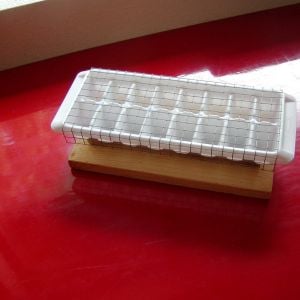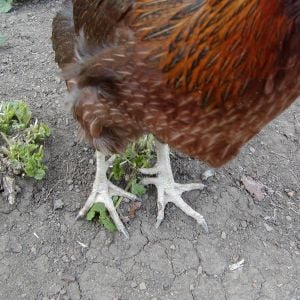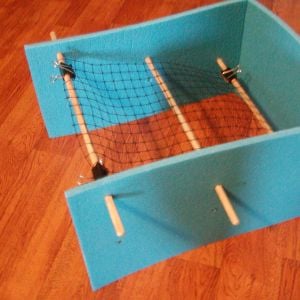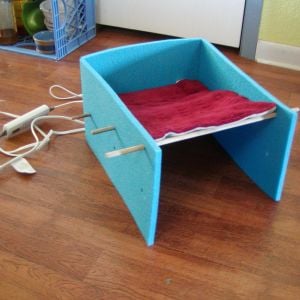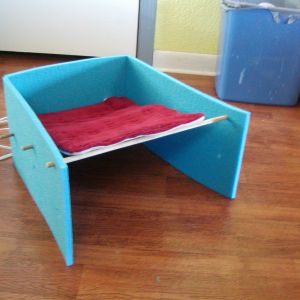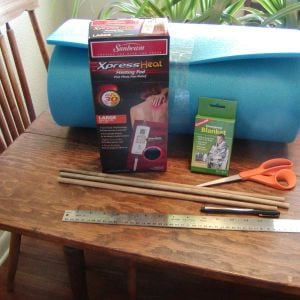Navigation
Install the app
How to install the app on iOS
Follow along with the video below to see how to install our site as a web app on your home screen.
Note: This feature may not be available in some browsers.
More options
You are using an out of date browser. It may not display this or other websites correctly.
You should upgrade or use an alternative browser.
You should upgrade or use an alternative browser.
Filters
Show only:
Loading…
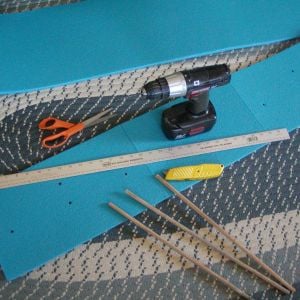
Cut a rectangle out of pad 45" long x 9" wide Score rectangle at 16 in from each end so middle panel is 13" wide. Don't cut all the way through., just enough so foam will bend and make 90 degree angles Drill or poke 1/8" holes : holes 4" & 8" up from bottom and 4" & 6" up from bottom and 4" up from bottom on each end panel.
- azygous
- Mar 28, 2015
- 1
- 0
Default
- 221
- azygous
Album information
- Album owner
- azygous
- Date created
- Item count
- 221
- View count
- 47,853
- Comment count
- 6
- Rating
- 0.00 star(s) 0 ratings

